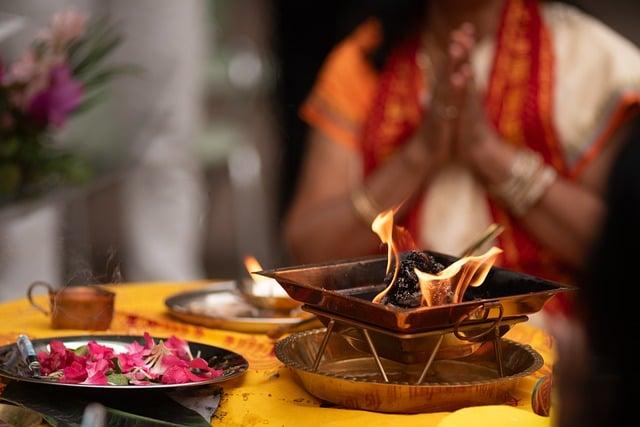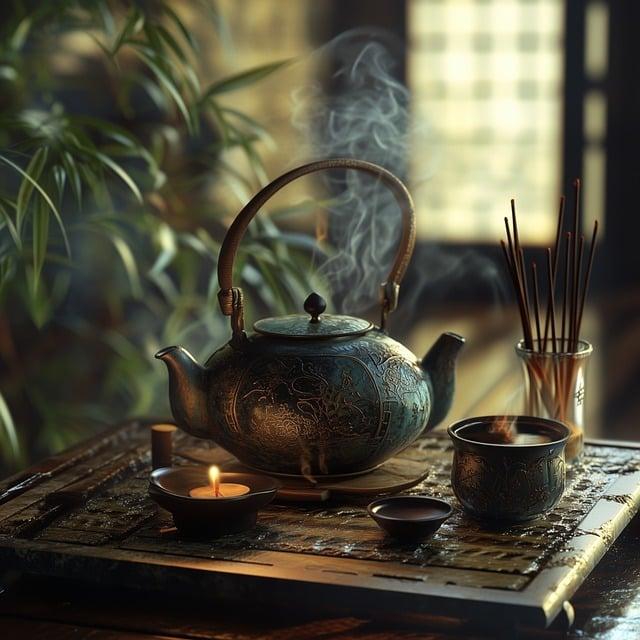In a small village blanketed by snow, a curious child named Mia asked her grandmother, “What is the best explanation of Christmas?” The grandmother smiled, her eyes twinkling like the stars above. “Christmas,” she began, “is a tapestry woven from love, hope, and joy. It’s the warmth of family gathered around a fire, the laughter shared over meals, and the spirit of giving that lights up the darkest nights. It’s a reminder that even in the coldest winter, kindness can bloom, and hearts can unite.” Mia nodded, her heart aglow with understanding.
Table of Contents
- Exploring the Historical Roots of Christmas Traditions
- The Spiritual Significance of Christmas Celebrations
- Cultural Variations: How Christmas is Celebrated Around the World
- Practical Tips for Creating Meaningful Christmas Experiences
- Q&A

Exploring the Historical Roots of Christmas Traditions
The tapestry of Christmas traditions is woven from a rich history that spans centuries and cultures. At its core, many of these customs can be traced back to ancient winter solstice celebrations, where communities gathered to mark the return of longer days and the promise of spring. The Romans celebrated Saturnalia, a festival honoring the god Saturn, characterized by feasting, gift-giving, and merriment. Similarly, the Norse celebrated Yule, which involved lighting fires and feasting to ward off the darkness of winter. These early festivities laid the groundwork for the joyous spirit that now defines Christmas.
As Christianity spread throughout Europe, many of these pagan customs were absorbed into the celebration of the birth of Jesus Christ. The date of December 25th was chosen to coincide with existing solstice festivities, allowing for a smoother transition into the new faith. Over time, various elements became intertwined with the Christmas narrative, including the use of evergreen trees, which symbolize eternal life, and the tradition of gift-giving, reflecting the gifts brought to the Christ child by the Magi. Today, these practices continue to evolve, showcasing a blend of historical influences that enrich the modern celebration of Christmas.

The Spiritual Significance of Christmas Celebrations
The essence of Christmas transcends mere festivities, embodying a profound spiritual journey that resonates with the core of human experience. At its heart, this season invites individuals to reflect on themes of **love**, **compassion**, and **hope**. The celebration of the birth of Jesus Christ serves as a reminder of the transformative power of kindness and the importance of community. Families and friends gather, not just to exchange gifts, but to share moments of joy and gratitude, reinforcing the bonds that unite them. This collective spirit fosters a sense of belonging and encourages acts of generosity, reminding us that the true essence of the holiday lies in giving rather than receiving.
Moreover, the rituals and traditions associated with Christmas carry deep spiritual significance. From the lighting of candles to symbolize the arrival of light in darkness, to the singing of carols that echo messages of peace and goodwill, each practice serves as a conduit for deeper reflection. The act of decorating a Christmas tree, for instance, can symbolize the interconnectedness of life and the beauty of creation. As individuals engage in these time-honored customs, they are invited to contemplate their own spiritual journeys, embracing the opportunity for renewal and introspection. Ultimately, the celebration of this season encourages a collective awakening to the values of **forgiveness**, **unity**, and **spiritual growth**, making it a truly sacred time of year.

Cultural Variations: How Christmas is Celebrated Around the World
Christmas is a tapestry of traditions woven from diverse cultural threads, each adding its unique hue to the celebration. In the United States, the holiday is marked by the iconic figure of Santa Claus, who brings gifts to children on Christmas Eve. Families often gather around a beautifully decorated tree, exchanging presents and enjoying festive meals. Meanwhile, in Mexico, the celebration takes on a vibrant flair with the tradition of Las Posadas, where communities reenact Mary and Joseph’s search for shelter, culminating in joyous festivities filled with piñatas and fireworks. In Ethiopia, Christmas, known as Genna, is celebrated on January 7th, featuring a special church service followed by a feast of traditional dishes, showcasing the rich heritage of the Coptic Christian community.
Across the globe, the essence of Christmas is expressed through various customs and rituals. In Italy, the festive season is highlighted by the Feast of the Seven Fishes on Christmas Eve, where families gather to enjoy a lavish seafood dinner, symbolizing the wait for the birth of Jesus. In Japan, Christmas is not a national holiday but is celebrated with a unique twist; couples often enjoy a romantic dinner, and KFC has become a popular choice for festive meals, thanks to a successful marketing campaign in the 1970s. In the Philippines, the celebration is marked by the spectacular Giant Lantern Festival, where colorful lanterns illuminate the night sky, symbolizing the Star of Bethlehem. These diverse practices reflect the universal themes of joy, togetherness, and hope that resonate through the holiday, transcending cultural boundaries.

Practical Tips for Creating Meaningful Christmas Experiences
Creating memorable Christmas experiences goes beyond the gifts and decorations; it’s about fostering connections and traditions that resonate with the heart. Start by **establishing family traditions** that everyone can look forward to each year. This could be anything from baking cookies together, watching a favorite holiday movie, or volunteering at a local charity. These shared moments not only strengthen bonds but also create lasting memories that can be cherished for years to come.
Another way to enhance the holiday spirit is by **embracing the art of giving**. Encourage everyone to participate in a gift exchange that emphasizes thoughtfulness over extravagance. Consider setting a theme, such as handmade gifts or experiences, which can lead to more meaningful exchanges. Additionally, take time to reflect on the year gone by and express gratitude for the moments shared. This practice can be as simple as writing down what you’re thankful for and sharing it around the dinner table, fostering a sense of appreciation and togetherness during the festive season.
Q&A
-
What is the origin of Christmas?
Christmas originated as a Christian holiday celebrating the birth of Jesus Christ. It is observed on December 25th, a date chosen to coincide with pagan winter solstice festivals. Over time, it has incorporated various cultural traditions and customs from around the world.
-
What are common Christmas traditions?
Common Christmas traditions include:
- Decorating Christmas trees
- Exchanging gifts
- Attending church services
- Sharing festive meals with family and friends
- Singing carols
-
Why do people celebrate Christmas?
People celebrate Christmas for various reasons, including religious observance, cultural heritage, and the spirit of giving. It serves as a time for family gatherings, reflection, and spreading joy and goodwill.
-
How has Christmas evolved over time?
Christmas has evolved from a strictly religious observance to a more secular celebration that includes a mix of cultural and commercial elements. Modern celebrations often emphasize festive decorations, gift-giving, and community events, while still retaining some traditional religious aspects.
In the tapestry of traditions, beliefs, and stories, Christmas emerges as a celebration of hope, love, and togetherness. Whether viewed through a religious lens or a cultural one, its essence invites us to reflect, connect, and cherish the moments that truly matter.

大家好,我是彼得潘,專業的手法身體治療師。我喜歡探索和研究各種主題,並透過與人工智慧的合作分享專業、實用、有趣的文章。我們定期進行人工審核,以確保內容的準確性。如果您發現文章中有任何不準確的地方,請隨時與我們聯繫,我們會及時糾正。您可以透過 [email protected] 與我們聯繫。



